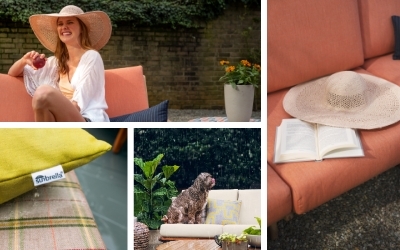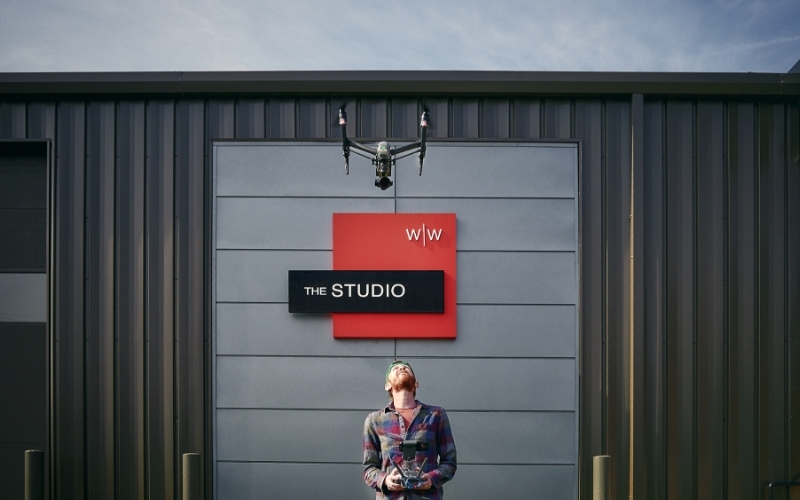Creative
Photography
Brand Strategy

Written By
Wray Ward
Growing up, I was fascinated by interior design — but at the time, I didn’t realize what that meant.
I did know that I was obsessed with redecorating my bedroom. From rearranging the furniture to changing where my lamp sat or a poster hung, I loved transforming my room into something new again and again. I once sponge-painted the entire thing with a light blue cloud texture by hand (it took weeks). What can I say: I had a vision!
When I got older, I convinced my high school friends’ parents to hire me to decorate their homes for holiday soirees. Their belief in me fueled my growing interest in how interior design can influence the way people feel.
Little did I know that these early experiences would pave the way for a career in design and marketing, where I now have the privilege of helping shape brand narratives through sets that resonate with the audience.
Creating an attention-grabbing set for a photo shoot requires ensuring the featured products look great and the mood is just right. However, to push audience engagement even further — to capture their interest and pique their desire to explore further — a set must present a more layered narrative.
But that’s easier said than done.
As a set designer, I’m responsible for creating a visual language that speaks to the audience, drawing them into the story we want to tell. This starts with understanding the audience’s desires and the client’s goals. From there the collaboration begins, as our Creative team’s inspirational ideas leverage our Strategy team’s in-depth audience insights and industry research to bring the story to life.






